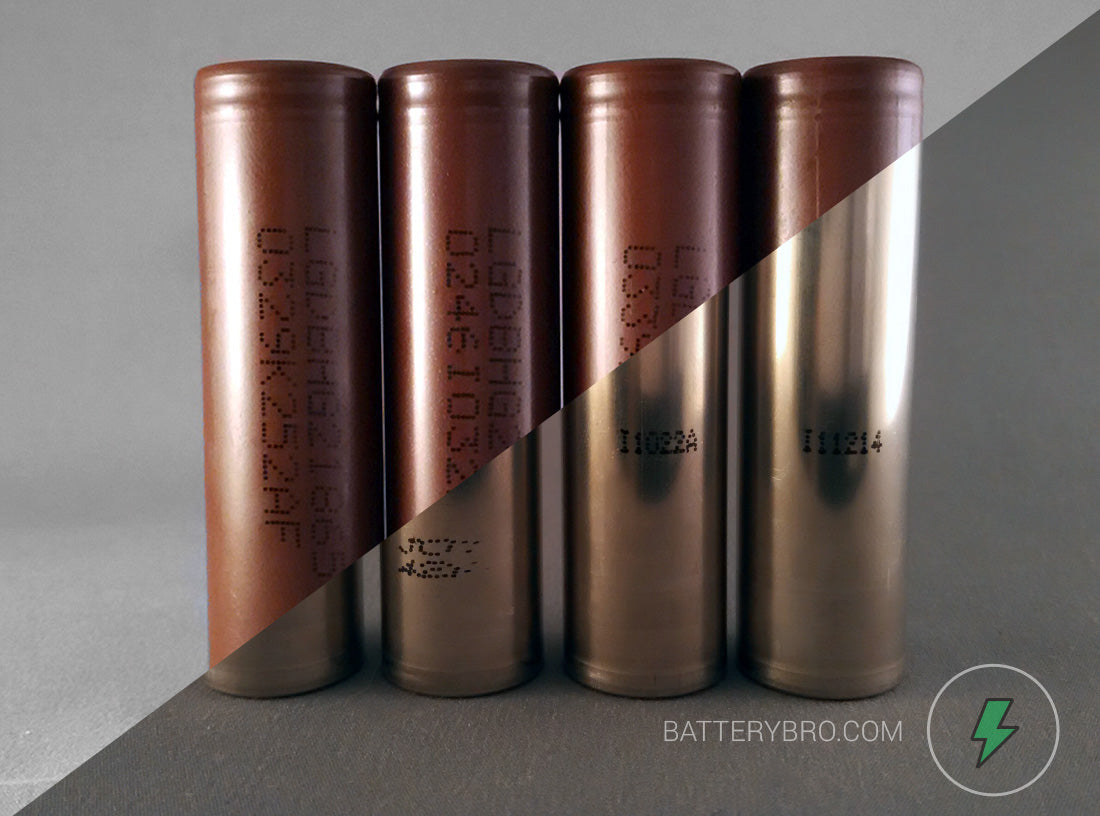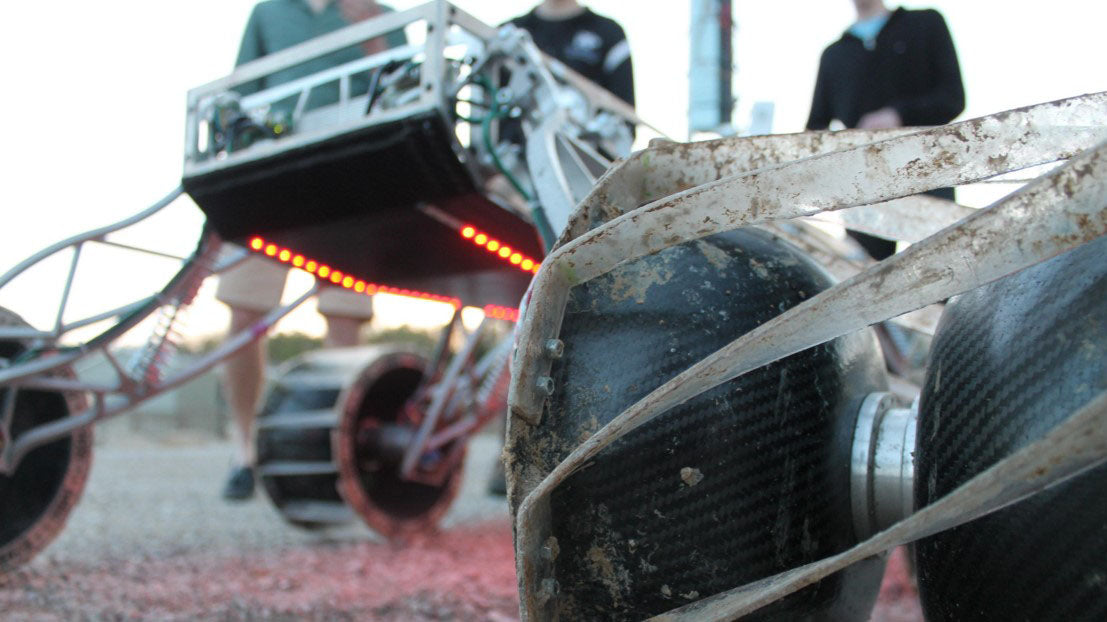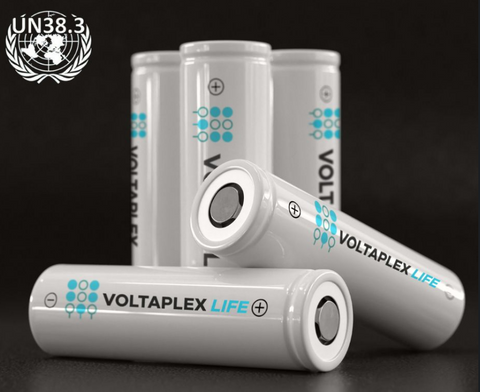New electric rocket uses lithium-ion batteries to power turbopump May 31 2015, 2 Comments
A new semi-electric rocket engine named Electron with the new Rutherford engine is being developed by Rocket Lab - a Lockheed Martin-funded rocket startup. Their edge is purported to be 3D-printed parts and their use of lithium-ion batteries. The 3D-printer allows a faster iteration for the engineering team (which is also a core edge SpaceX has over NASA). The batteries are used, not as the main fuel source (which may never be possible for rockets), but as the power for its turbopump.
The turbopump is used to pressurize the liquid propellent and then feed it into the combustion chamber part of the engine. Traditionally, gas or liquid fueled turbopumps have been used in rockets since the 40’s and are used in things like the Ramjet motor too. The extremely high pressure (50 psi -> 1400 psi) the Rutherford engine’s turbopump creates is required for the force to propel the rocket and payloads into orbit. These pressure extremes put the turbopump under such stress and heat (up to 760°C) that it glows bright continuous red.

The Rutherford engine
This red glow is indicative of two major difficulties when pushing the limits of the turbopump. That is mechanical strength (which is roughly equal for electric and traditional pumps) and heat dissipation. Electric turbopumps have been claimed more efficient on the basis of far less heat dissipation - but it seems not the case with the Electron rocket as their turbopump is indeed pushed to its limits.
Battery-power translates to a smaller turbopump - just the size of a soda can. It doesn’t need to be attached with tubes and pipes to the rest of the engine; it doesn’t share any fuel. It is a 3D-printer electric motor powered by batteries.
- Lithium-ion polymer batteries
- Total of one megawatt of power (roughly the same power of three Tesla Model Xs).
Other specifications
- 100 kg nominal payload
- 2 stages
- 20 m height
- 500 km nominal sun-sync orbit
- 1 m diameter
- US $4.9 million cost per rocket

Electric circuitry on-board the Electron rocket
Other challenges for battery-powered electric rockets
Batteries maintain their weight when they are completely discharged. As fuel is used on a rocket, it becomes lighter. Empty cells are still very heavy.
The engineering behind a rocket turbopump is the most complicated aspect of a liquid-fueled engine. Replacing it with a simpler battery powered solution does not address the fundamental problem which is the power-to-weight ratio. Electric motors do not come close to the horse power per pound of a propellant-powered turbopump.
Are batteries for electric rockets going to matter in the future?
So far, it seems batteries won’t matter much. The energy density and weight of the batteries for a rocket do not necessarily justify the switch. The fuel for the main engines can be used to power the turbopump instead as it is done traditionally. The new SpaceX Falcon 9’s payloads are about ten times cheaper and the turbopump does not use batteries. However the Electron is purported to be a tenth the price of conventional boosters.
What is true, is that using batteries for rocketry would probably not have been possible just ten years ago. The energy density was too poor and the added weight simply too much. But will they catch up anytime soon? There are very large challenges ahead, so we will just have to wait and see.
Any advancement is energy storage, rocketry, and lithium-ion batteries is interesting. Rocket Lab intends to lower the cost of launching communications satellites into orbit. Everything they are doing and planning on is great, and Battery Bro wishes them much success.










Comments
Ken D Mason on August 17 2020 at 11:36AM
Questions:
Battery size/mass,Pc,injector type/style,TCA material(s),c*eff,delivered ISP@SL (not corrected for vac)because it’s not 303.
Thank you,
KM
Ken Mason on August 17 2020 at 11:36AM
Back in 2008 I designed an electric fuel pump for a 2KlbF LOx/Ethanol rocket engine for a manned Velocity aircraft for Rocket Racing Co. but the company folded before the idea ever flew. Used a COTS gear pump Pc only 250 psia. Great to see the idea actually works.
Ken